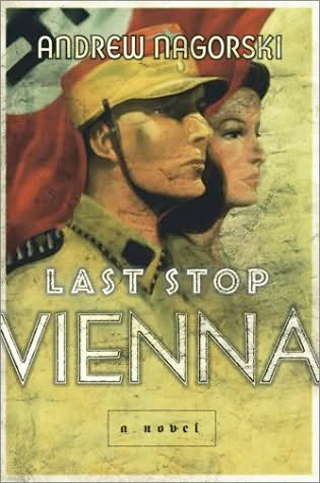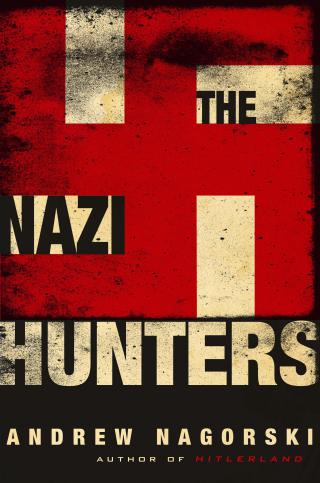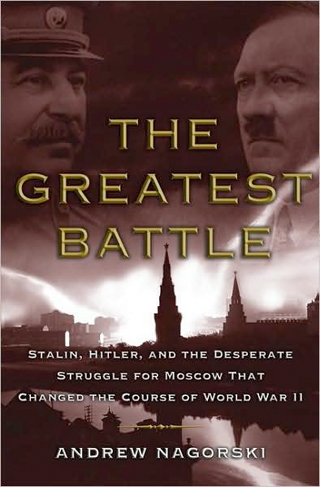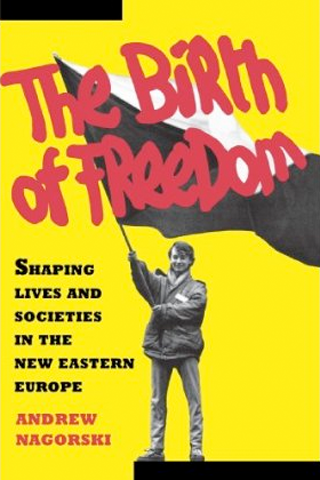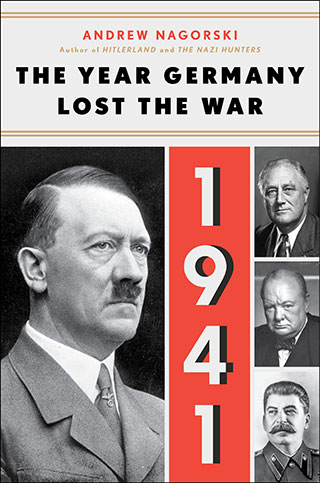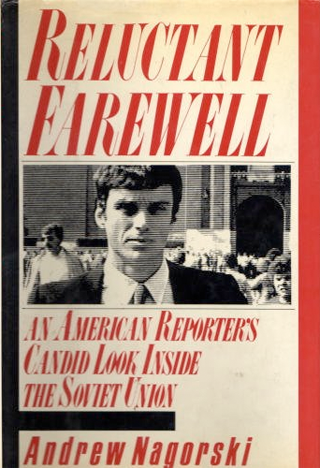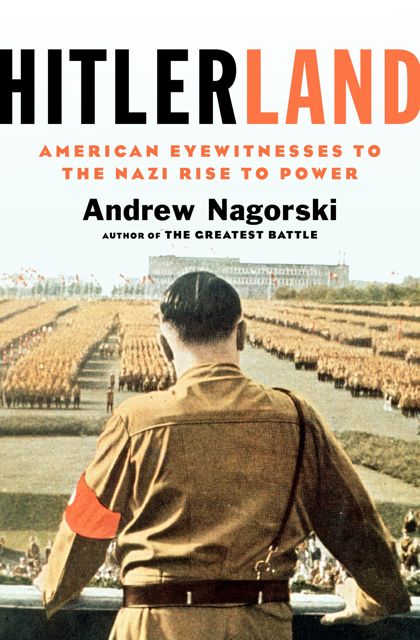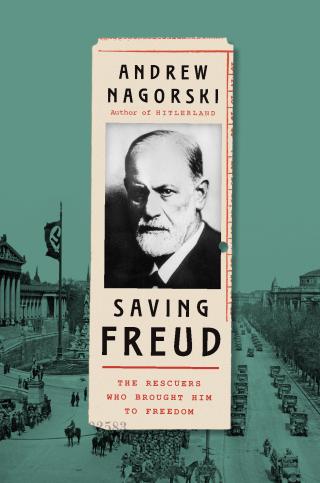In the fall of 1968, when I was a newly arrived exchange student in Poland, I went to a screening of Andrzej Wajda’s “Ashes and Diamonds” in my dormitory at the university in Krakow. This was shortly after Warsaw Pact tanks had crushed the Prague Spring, Czechoslovakia’s attempt to experiment with “socialism with a human face,” and the brutal suppression of Polish student protests a few months earlier. The Iron Curtain of the Soviet Empire was drawing closed once again.
The mood was grim. But my fellow students took heart from this somber tale of a young former resistance fighter who assassinates a Communist Party official after World War II—and then is shot by Polish soldiers. The final scene shows him succumbing to his wounds on a garbage heap, a seemingly ignoble death.
This was classic Wajda: pushing the limits of dissent while ostensibly genuflecting to communist dogma. The Polish students understood immediately the real message of the film.
As Wajda explained to me much later, the antihero, as played by the strikingly handsome star Zbigniew Cybulski, aroused the sympathy of viewers. (He was the James Dean of the Polish cinema who, like Dean, also died young.) The censors loved the final scene, but viewers like my fellow students asked themselves: “What kind of a system is this that forces such a sympathetic lad to die on a garbage heap?”
Wajda, who lived until he was 90, working constantly almost up to his death earlier this month, was not only a politically inventive director in even the darkest periods of Communist rule in his native Poland, he was also a true master of the art of cinema. His films won every possible major European award—the Golden Palm of Cannes, the Silver Bear of Berlin, the Golden Lion of Venice—and an Oscar for lifetime achievement in 2000. Well before his passing, he had joined the pantheon of great directors whose accomplishments both reflected their times and transcended them.
The son of a Polish cavalry officer, Wajda was 13 when Nazi Germany invaded Poland from the west on September 1, 1939 and the Soviet Union attacked from the east on September 17. His father was one of 4,421 Polish POWs who were shot by Soviet NKVD executioners in the infamous Katyn Forest massacre of 1940. Altogether, 21,857 Polish POWs and officials were murdered in similar fashion that year. The younger Wajda joined the Polish resistance to the Nazis later in the war, although he always dismissed his role as inconsequential.
After graduating from the newly formed Film School in Lodz, Wajda directed a trio of movies in the 1950s that chronicled the wartime experiences of his countrymen: “A Generation,” “Canal,” and then “Ashes and Diamonds.”
All focused on the bitter ordeals of resistance fighters, and won him a growing legion of admirers at home and abroad. He also directed an astonishing number of films and TV productions dealing with a broad array of subjects, but almost always drawing upon his country’s tortured history.
In 1976, he released “Man of Marble,” and then in 1981, as the Solidarity labor movement was on the rise, Wajda made “Man of Iron,” chronicling the disillusionment and anger of Polish workers with Communist rule.
Those kinds of films made him a hero not just to the rapidly growing ranks of Solidarity activists but also to dissidents and intellectuals all across the Soviet bloc. With the advent of VCRs that allowed viewers to evade censorship, the tapes of his films were highly prized commodities in cities like Prague, Budapest and Moscow.
Wajda made no apologies for the political content of his work. In a reflective interview in 2000, he expounded on the “long and beautiful tradition in Poland that artists have social and political obligations to society.”
“This is rooted in in the age of romanticism,” he told me, “when Poland disappeared from the map and the country survived only because our great poets created literary masterpieces that still inspire us today. In certain critical historical moments, the artist has the duty to chronicle what is happening—regardless whether the result will be a great work of art or not.”
True to that spirit, Wajda did not hesitate to cross the line from artist to activist as the struggle between Polish workers and the Communist government intensified, leading to the imposition of martial law in 1981 and the outlawing of Solidarity.
He worked with other activists to distribute banned films, decamped abroad for a while, and then returned to join Solidarity leader Lech Walesa’s team of activists-turned-politicians as the movement swept to victory in June 1989 in the first real elections in postwar Poland. He even won a seat in the first freely elected Senate.
But Wajda only served one term and he never lost his focus on filmmaking, whatever other roles he played.
Ironically, the collapse of Communism both liberated the arts and made it more difficult for even a great artist like Wajda to attract Polish viewers to his films. His 1990 film “Korczak,” about the legendary Jewish doctor who would not abandon his orphans in the Warsaw Ghetto and accompanied them to their deaths in Auschwitz, drew only a fraction of his usual audience. The reason: Warsaw and other former Soviet bloc cities were suddenly awash with new Hollywood imports that dazzled the local audiences.
This happened to be the time when I had moved into Wajda’s neighborhood in Warsaw—in fact, only a few houses away from the lovely, art-filled house that he shared with his wife Krystyna Zachwatowicz, a scenographer and costume designer.
During one of my first visits, I expected to encounter resentment of the overwhelming appeal of American mass culture. Wajda immediately proved me wrong. It was only natural that younger Polish viewers were no longer as fixated on the war and its aftermath or even the Solidarity struggle, he noted. “The public has changed.”
Even more startling was his reaction to films that were so radically different from his own. While other Central European directors were decrying their mass-market vapidity, Wajda told me how impressed he was by the technical wonders of a film like “Terminator 2” or the pacing of a movie like “Presumed Innocent.” Referring to the latter, he said: “In this film, there’s more artistry than in any European film.”
Wajda also discovered in short order that among a new generation of Poles, his own work could compete with Hollywood blockbusters while fulfilling long-held ambitions.
In those early days of newly liberated Poland, Wajda often said that he had long dreamed about making a film about the Katyn Forest massacre that counted his father among the victims. In 2007, “Katyn”—which was as much about the Soviet cover-up of the crime for decades as about the murders themselves—drew millions of viewers.
Its final scenes depicting the actual executions is every bit as intense a cinematic experience as the opening sequence of Steven Spielberg’s 1998 film “Saving Private Ryan,” when American troops hit Normandy’s beaches.
Such comparisons are no accident. When Spielberg was shooting “Schindler’s List” in Krakow in 1993, the famed American director was quick to praise Wajda. He also invited him on the set, and Wajda later told me that he was amazed by the energy the American radiated. “I joked that if somebody hooked him up to all those cables, he could light up New York. There are no directors in Europe like that.”
In fact, the two giants of their industry were a mutual admiration society. In his letter of support for Wajda’s lifetime achievement Oscar in 2000, Spielberg wrote: “His films have inspired audiences around the world, giving them an artist’s view of history, democracy and freedom.”
And so it was until the end. Wajda left no doubt about his frustration with the efforts by the right-wing politicians who are now in power to discredit Solidarity’s legendary leader Lech Walesa and impose a new “national culture.”
His 2013 film “Walesa: Man of Hope” reminded younger viewers that the former shipyard worker’s accomplishments dwarfed his personal shortcomings. While discussing his final film “Afterimage,” about an artist dealing with Stalinist repression, Wajda pointedly told the Polish press agency PAP: “Artists should do art, not the authorities."
But it would be a mistake to remember Wajda only as a director with powerful messages. Above all, he loved what he did. “Cinema may be an art or it may be political or it may carry a moral message,” he once told me, “but someone who doesn’t enjoy moviemaking as the fantastic toy that it is just doesn’t understand its essence.”
Wajda always understood that, and always relished the gift of his craft.


